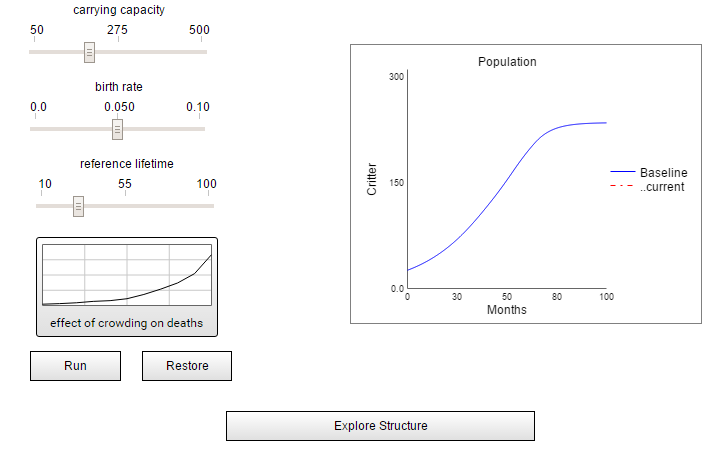


Any modules used within a module will inherit its properties, but those can be overridden too. If you create new modules, they inherit those settings, but you can override them for any module. In the root page of the model, with nothing selected, you can set the Run Specs and Page Settings for the entire model.

Building Modelsīuilding is very straightforward. If you grab the handle at the left end of a toolbar, you can put the toolbar in a new location along one of the other edges, or leave it floating. By default, the Build and Mode toolbars are at the top, and the Run toolbar is at the bottom. Moving ToolbarsĪll toolbars are movable and can be docked on any side of the window. You can also slide through the current run, to view results at different times. The Run toolbar lets you start, pause, and stop runs. Finally, there's a zoom control that can be used to set zoom level when looking at model structure. If you're inside of a module, there will be buttons to move to the parent module and the home (Top-Level) module. In Stella Architect, there's a button to open the Interface Window. It also allows you to change between Edit mode (where you can make changes to your model) and Explore mode (where you can investigate model structure and behavior without changing anything), as well as to open the Results Panel or Causal Lens™ (both of which will also switch you to Explore mode). The Mode toolbar can be used to switch between the Map ( ) and Model ( ) views, for looking at structure. By default, it sits in the upper left-hand portion of the window. The Build Toolbar contains the components you need to build models. The Stella toolbars are the fastest way to accomplish the ordinary tasks you perform as part of model building. You'll find powerful new ways to work with and understand your models. Stella supports you step-by-step through the modeling process, maintaining the integrity of the models you build and giving you substantial control over appearance and content.
#Stella architect put results in graph professional#
Here are some of the things that are new when modeling with Stella Professional and Stella Architect. Stella® makes it even easier to build, share, and learn from your models.


 0 kommentar(er)
0 kommentar(er)
